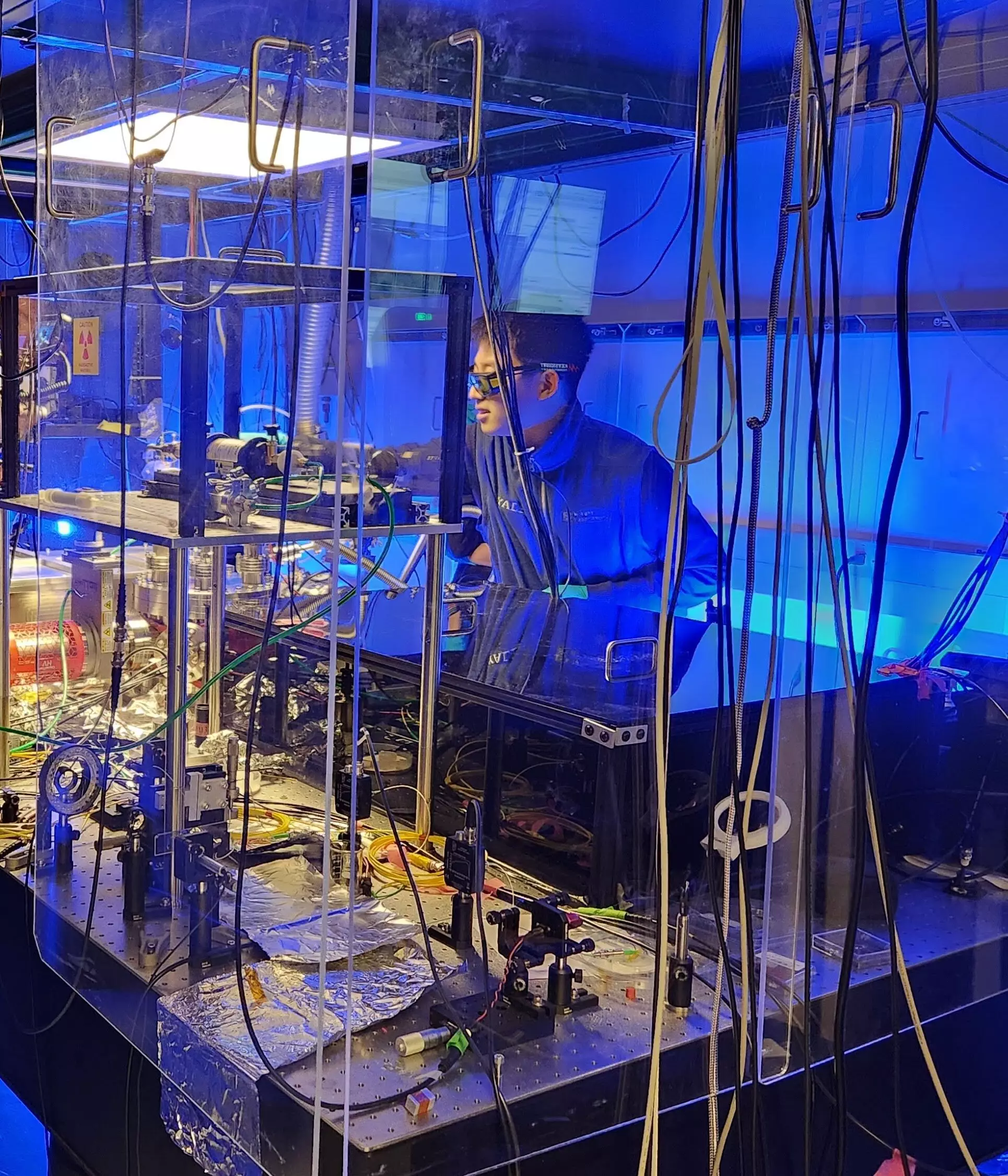In the realm of particle physics, the past few years have witnessed an extraordinary transformation thanks to the advent of advanced detection technologies. Physicists and engineers are relentlessly pushing the boundaries, creating increasingly sophisticated instruments that not only improve the accuracy of measurements but also allow researchers to probe the very fabric of physical processes with unparalleled detail. From highly sensitive particle detectors to cutting-edge sensors and accelerometers, the tools at the disposal of scientists today herald the dawn of a new era in the understanding of particle interactions.
A Breakthrough at Yale: Detecting Nuclear Decay with High Sensitivity
Recently, researchers at Yale University embarked on a groundbreaking research project that focuses on the challenging task of detecting individual nuclear decays. The phenomenon of nuclear decay is a process that can reveal intricate insights about atomic stability, where unstable nuclei release radiation and energy to reach a more stable state. However, the detection of these decays, particularly those involving neutral particles, has been a thorn in the side of traditional methodologies. Yet, the innovative approach introduced by the Yale team shines a beacon of hope, offering a solution that could pave the way for significant advancements in both fundamental physics and practical applications.
David C. Moore, a leading figure behind this research, articulated the essence of their approach, which revolves around using micron-scale force sensors and accelerometers that leverage optically trapped particles in a vacuum environment. Such technology is designed to detect the subtle forces imparted by a single fundamental particle – a feat previously considered unattainable. With this newfound sensitivity, the Yale team demonstrated their capacity to recognize not just the decay event itself, but also to observe the resultant forces from emitted particles like alpha particles, providing a 360-degree view of the decay interaction.
Innovative Detection Techniques and Their Implications
The core objective of the research was to devise techniques that facilitate the detection of nuclear decays through the forces generated by individual particles. This is particularly pertinent when dealing with neutral particles, as conventional detectors struggle to capture their presence accurately. Moore elucidated their methodology: by embedding radioactive nuclei in a minuscule dust-sized particle, any decay event becomes identifiable through fluctuations in the electrical charge caused by escaping charged particles. This granularity in measurement not only enhances the understanding of nuclear processes but also paves the way for innovative applications in fields such as nuclear monitoring and non-proliferation efforts.
The implications of this research extend far beyond mere detection. The ability to observe individual nuclear decays, even those that occur infrequently—perhaps once daily—opens the door to a wealth of possibilities in exploring materials and particles that have been elusive to scientific inquiry. Consider, for instance, the potential applications in monitoring trace amounts of long-lived isotopes or studying particles that traditionally evade detection, such as neutrinos. These particles are integral to the cosmic puzzle and could provide invaluable data regarding dark matter, a topic of immense significance in contemporary astrophysics.
Future Directions: Expanding the Frontiers of Detection
As the Yale team continues their pioneering research, Moore hinted at ambitious plans to refine their techniques even further. Their vision involves extending their detection capabilities to smaller nanoparticle sizes—a move that could significantly heighten sensitivity and resolution in measurements. Envision a future where capturing the momentum kick from a single neutrino becomes a standard operation; this could revolutionize how scientists study particle interactions and the fundamental forces governing our universe.
Ultimately, the advancements stemming from Yale’s research may reshape the landscape of particle physics. By offering tools that challenge the status quo of detection and measurement, researchers can forge new pathways in understanding the intricacies of the atomic world. As the field marches forward, one cannot help but feel an exhilarating sense of anticipation for the discoveries that lie ahead. Each breakthrough not only enriches our comprehension of the universe but also invites us to rethink what is possible within the realms of science and discovery. The dawn of this new era is not merely about expanding the frontiers of knowledge; it is a testament to human ingenuity and our unyielding quest to decipher the mysteries of existence.


Leave a Reply